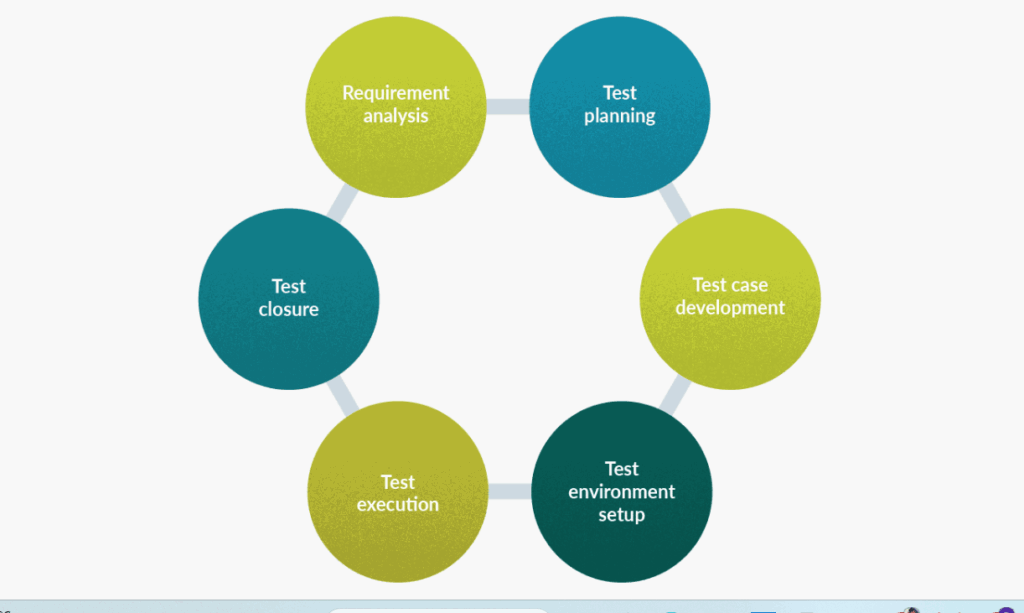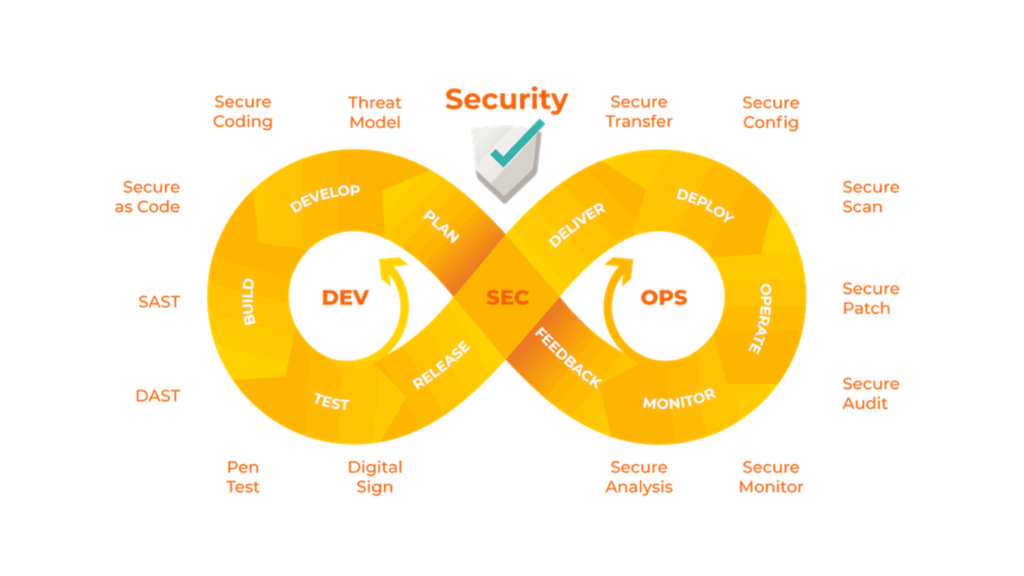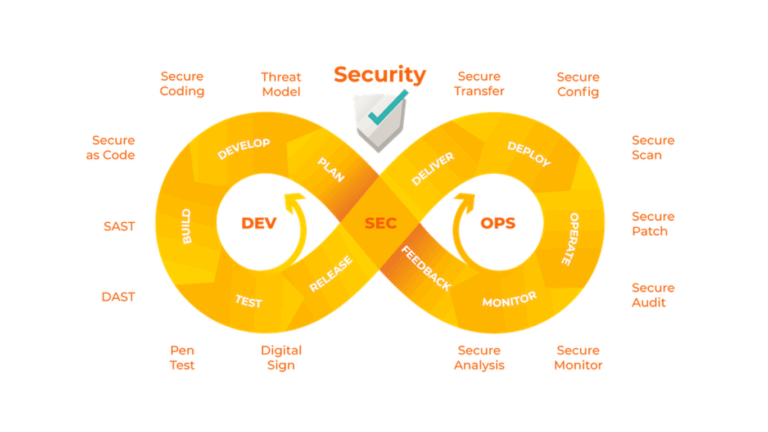Quality Assurance (QA) software testing is an essential part of the software development lifecycle (SDLC), ensuring applications function correctly, reliably, and securely. For anyone entering the software industry or transitioning into a QA role, understanding the fundamentals of QA software testing is crucial. This quick guide provides an in-depth look at the basics of QA software testing, its importance, methodologies, and how beginners can start their journey in this field.
Understanding QA Software Testing
What is QA Software Testing?
Quality Assurance software testing involves evaluating and verifying that a software application meets specified requirements. Its primary purpose is to identify defects or bugs before the software reaches users. QA helps to ensure software quality, enhance user satisfaction, and protect against software failures.

Why QA Software Testing is Essential
- Bug Identification: QA identifies and documents defects early, saving significant resources and time.
- Improving Quality: Regular testing ensures the software consistently meets quality standards.
- Cost-Effective: Early defect detection reduces the overall cost of bug fixing and maintenance.
- Security: Effective testing helps detect vulnerabilities, thus safeguarding user data.
- Customer Satisfaction: High-quality software leads to higher customer satisfaction and loyalty.
Types of Software Testing
QA software testing comprises several testing types, each addressing different aspects of software quality.
Manual Testing
Manual testing involves testers manually executing test cases without automation tools. It is often the first step in the testing process.
Benefits:
- Easy to execute and adapt.
- Effective in exploratory, usability, and ad-hoc testing.
Limitations:
- Time-consuming and prone to human error.
- Less effective for repetitive tasks.
Automated Testing
Automated testing uses specialized software tools to execute pre-scripted tests.
Benefits:
- Fast and reliable for repetitive tasks.
- Easily scalable and repeatable.
- Can be executed frequently to ensure continuous quality.
Limitations:
- Initial setup cost is high.
- Not suitable for exploratory testing.
Functional Testing
Functional testing verifies each function of the software by providing appropriate inputs and verifying outputs against the expected results.
Types:
- Unit Testing
- Integration Testing
- System Testing
- Acceptance Testing
Non-Functional Testing
Non-functional testing assesses aspects like performance, usability, reliability, and security of the software.
Types:
- Performance Testing
- Usability Testing
- Security Testing
- Reliability Testing
QA Testing Methodologies
QA methodologies guide how testing is carried out, ensuring structured and systematic processes.
Waterfall Methodology
The waterfall model follows a linear approach with sequential phases, where each phase must be completed before moving to the next.
Pros:
- Clear structure and simple implementation.
Cons:
- Less flexible; late discovery of issues can be costly.
Agile Methodology
Agile focuses on iterative development, where requirements evolve through collaboration between cross-functional teams.
Pros:
- High adaptability and flexibility.
- Continuous feedback and improvement.
Cons:
- Requires high communication and collaboration skills.
V-Model
This model emphasizes verification and validation with parallel testing phases corresponding to development stages.
Pros:
- Clear milestones.
- High discipline and clarity.
Cons:
- Limited flexibility and adaptability.
The QA Testing Process
Step 1: Requirement Analysis
Understanding software requirements clearly is crucial. Testers review documentation to identify testable requirements and outline a clear test strategy.
Step 2: Test Planning
Test planning involves preparing a detailed plan covering scope, resources, timelines, tools, environment, and risks.
Step 3: Test Case Development
Writing detailed test cases based on requirements ensures comprehensive coverage and accurate testing.
Step 4: Test Environment Setup
Establishing an environment similar to the production environment for accurate testing outcomes.
Step 5: Test Execution
Performing manual and automated test cases, documenting results, and reporting bugs.
Step 6: Test Cycle Closure
Analyzing the test cycle, preparing reports, evaluating the effectiveness, and providing feedback for future improvements.
Common QA Testing Tools
Several tools facilitate efficient software testing:
- JIRA: Project management and bug tracking.
- Selenium: Automated testing of web applications.
- TestRail: Test case management.
- JMeter: Performance testing.
- Postman: API testing.
Skills Required for QA Testers
Becoming an effective QA tester requires:
- Analytical Skills: Ability to identify issues and troubleshoot effectively.
- Technical Proficiency: Familiarity with software testing tools and programming basics.
- Communication Skills: Clear reporting and collaborative abilities.
- Attention to Detail: Precision in documenting test results and observations.
How Beginners Can Start QA Testing
Learn Basic Concepts
Begin with fundamentals like manual testing, basic scripting, and understanding testing methodologies.
Hands-On Practice
Gain practical experience by working on small projects or contributing to open-source projects.
Acquire Certifications
Certifications such as ISTQB (International Software Testing Qualifications Board) are valuable credentials for beginners and professionals alike.
Join Communities
Participating in online QA communities, forums, and discussion groups can help beginners learn from experienced professionals.
Continuous Learning
QA testing continually evolves; staying updated with industry trends, tools, and methodologies is crucial.
Best Practices for QA Testing
- Test Early and Often: Early defect detection significantly reduces fixing costs.
- Prioritize Testing: Focus on high-risk and critical areas first.
- Comprehensive Documentation: Detailed documentation facilitates easier bug tracking and future test reference.
- Collaboration: Encourage communication between developers, testers, and stakeholders.
- Automate Wisely: Automate repetitive and tedious tests to maximize efficiency.
Challenges in QA Software Testing
- Changing Requirements: Continuous changes in requirements can complicate testing efforts.
- Limited Resources: Constraints on time and budget often limit comprehensive testing.
- Complex Systems: Increasingly complex software systems pose greater challenges for testing.
Overcoming QA Testing Challenges
- Effective Communication: Regular and clear communication mitigates misunderstandings and aligns expectations.
- Strategic Planning: Proper resource allocation and planning help manage constraints effectively.
- Leveraging Tools: Utilizing appropriate testing tools to handle complexities efficiently.
Conclusion
QA software testing plays an integral role in delivering high-quality, reliable software. For beginners entering this field, mastering QA fundamentals, understanding testing methodologies, and gaining practical experience are essential steps. By adhering to best practices and continuously enhancing skills, QA testers significantly contribute to software excellence, improving both user satisfaction and business success.





























